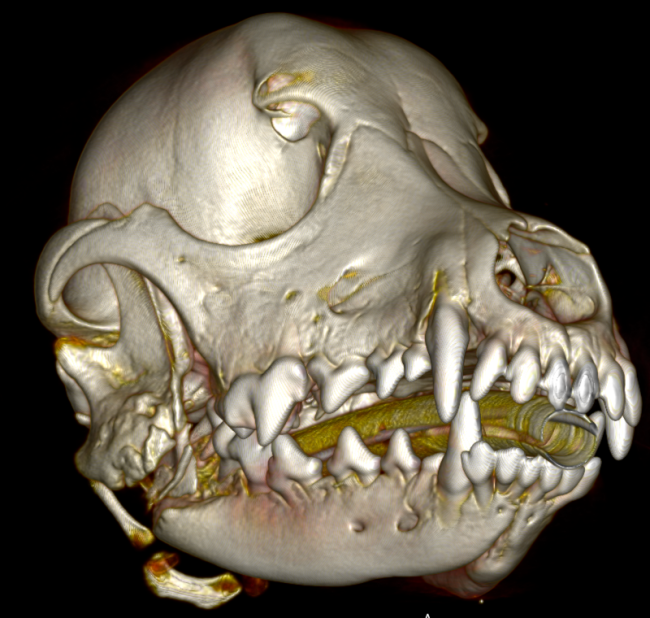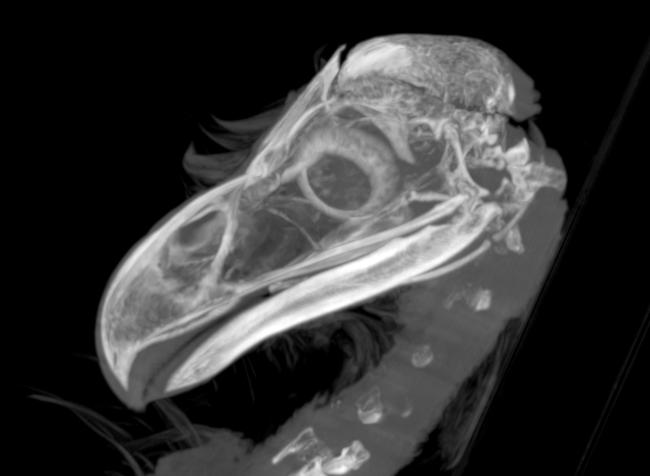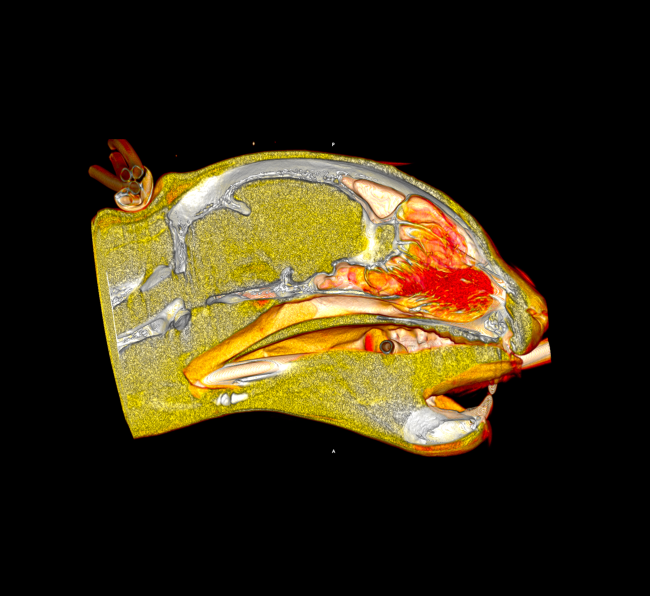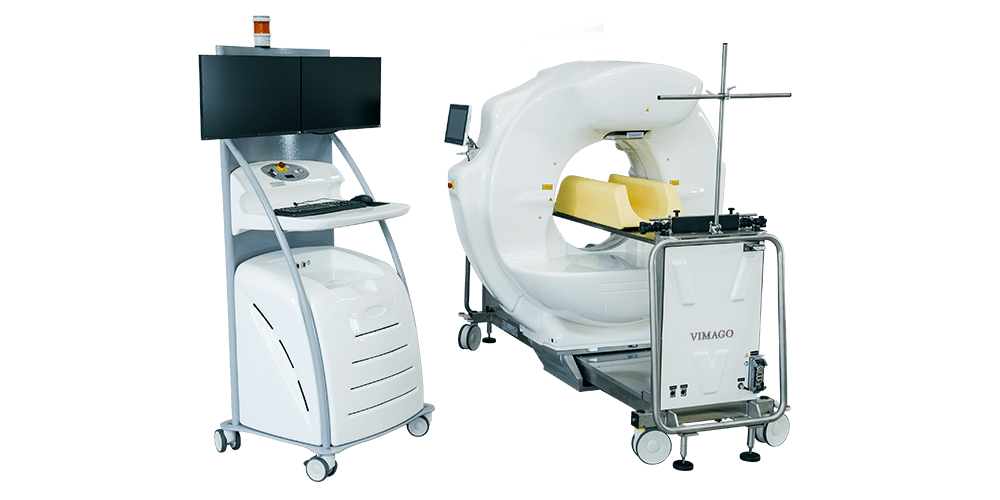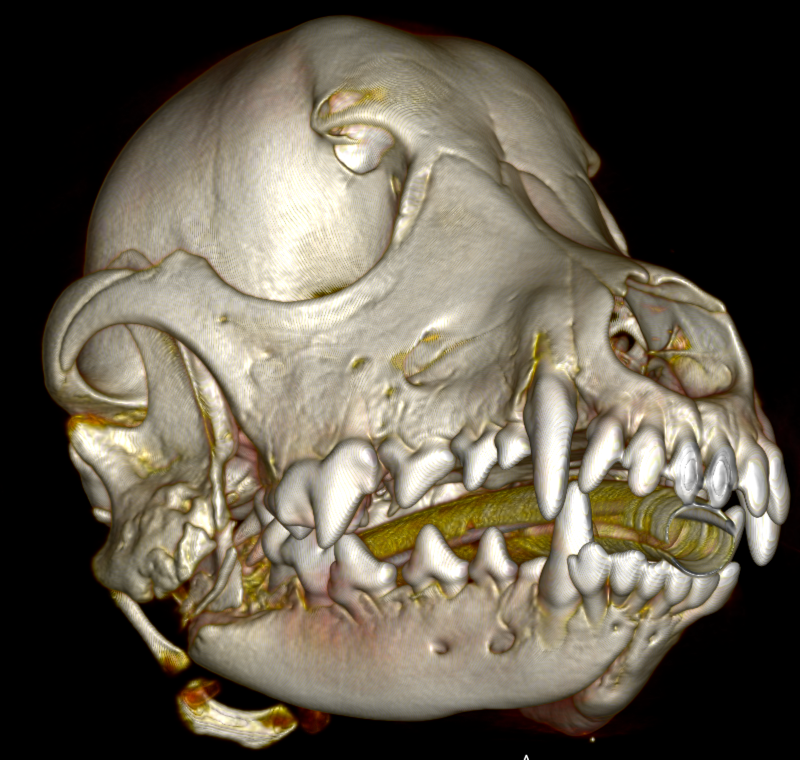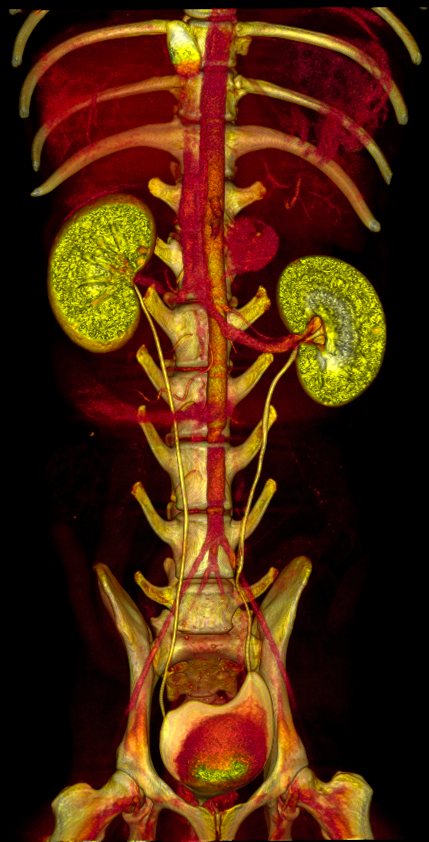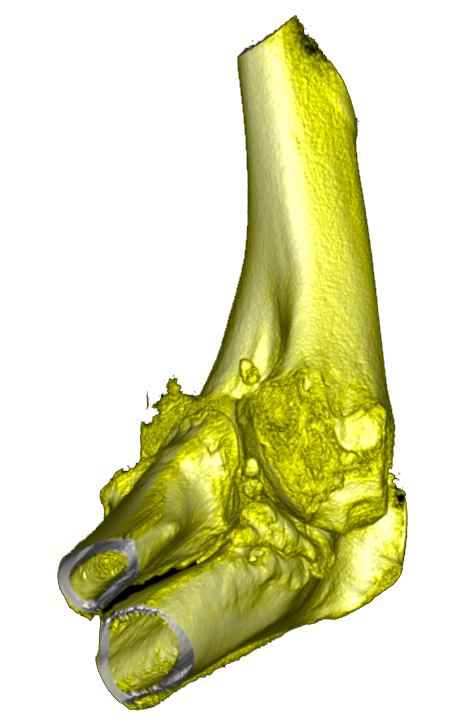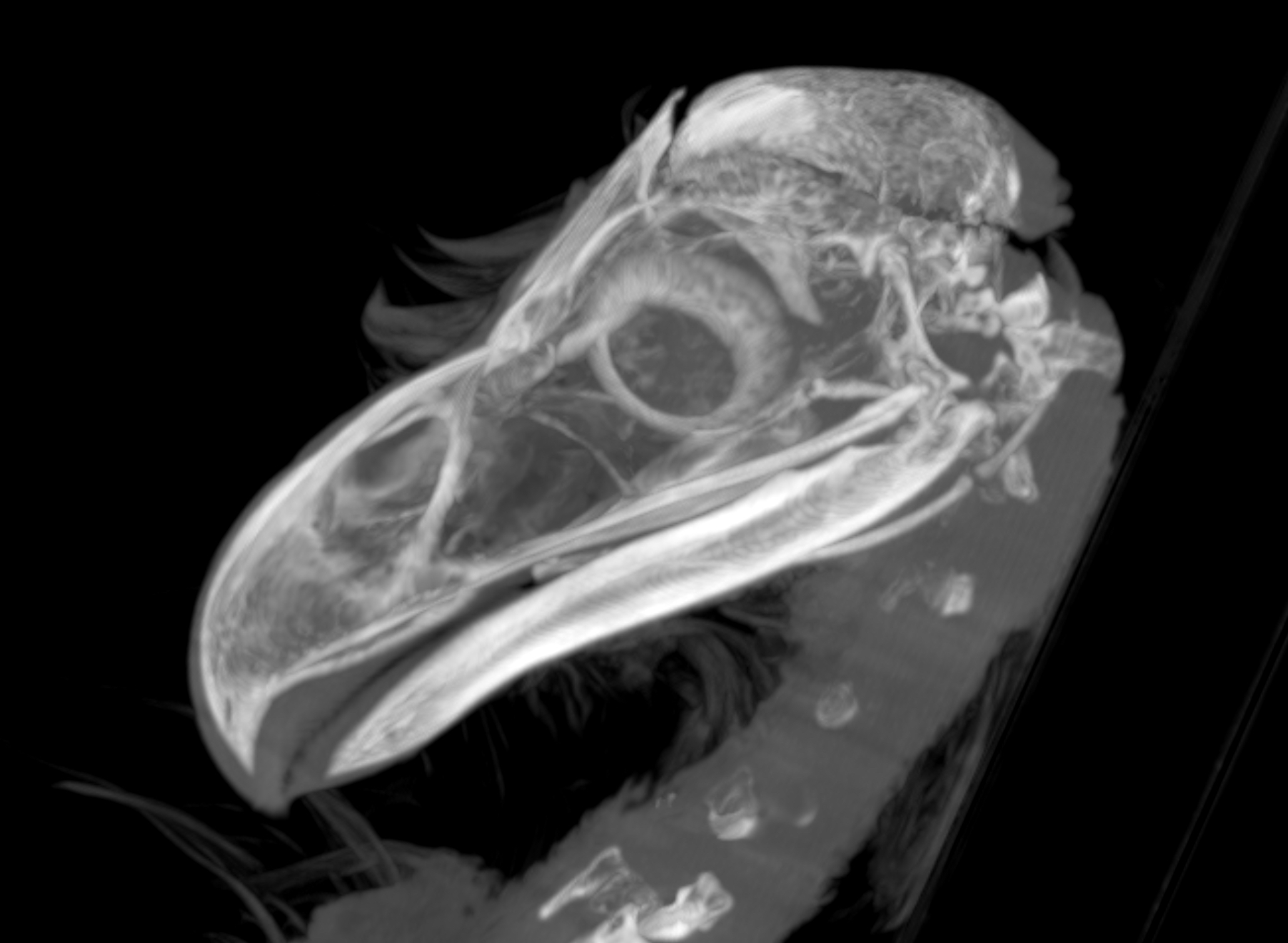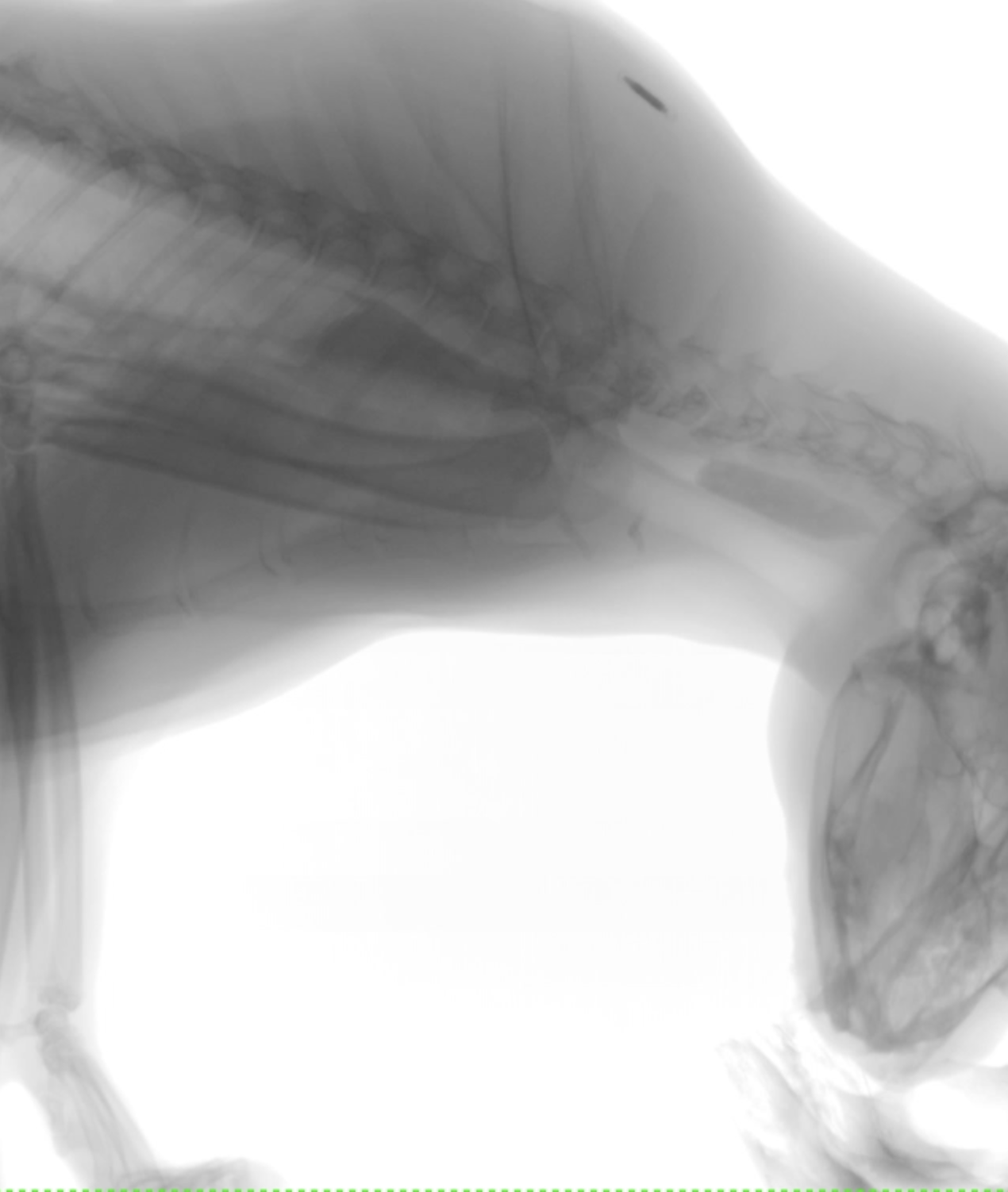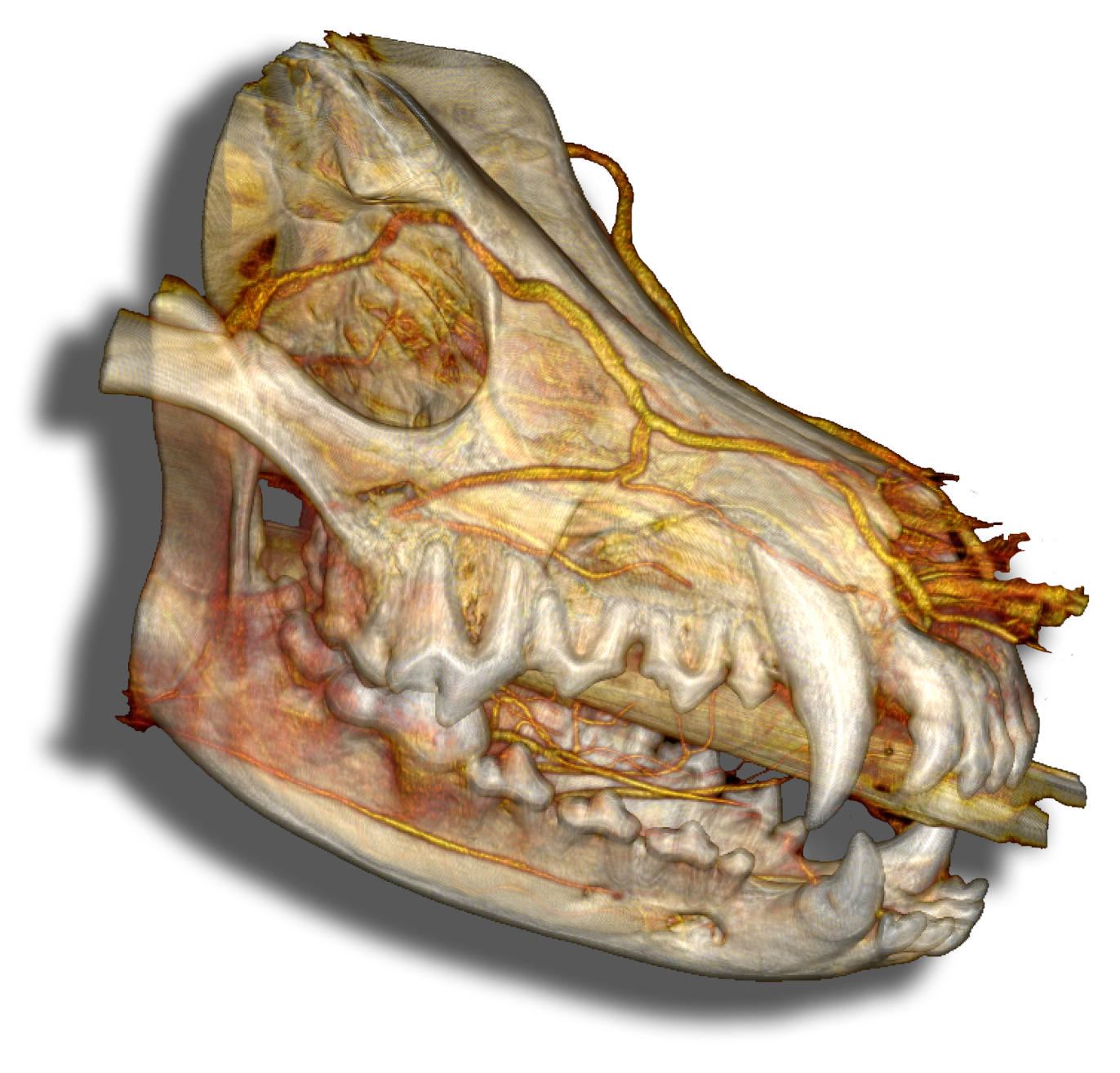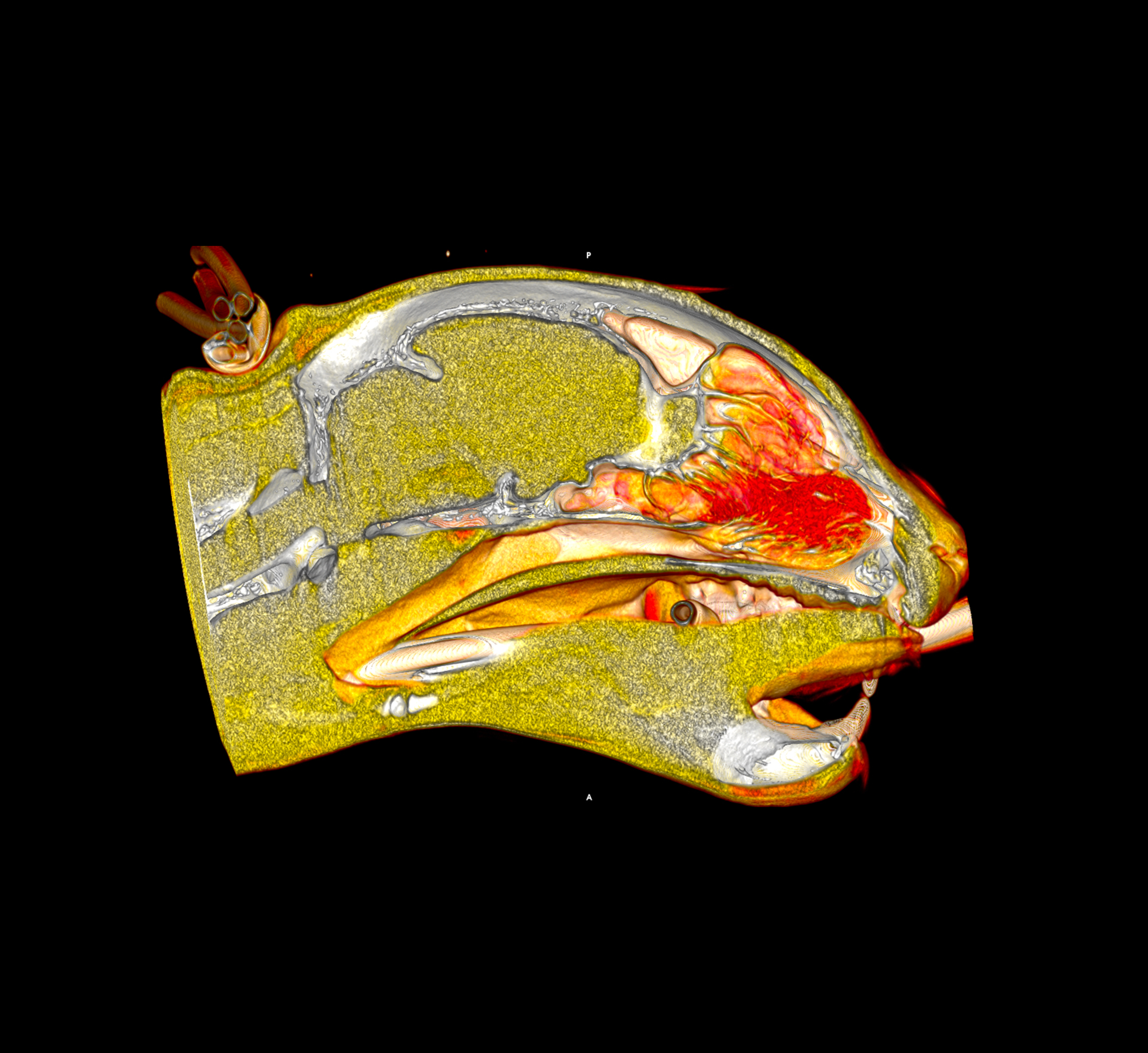Diagnostic Imaging
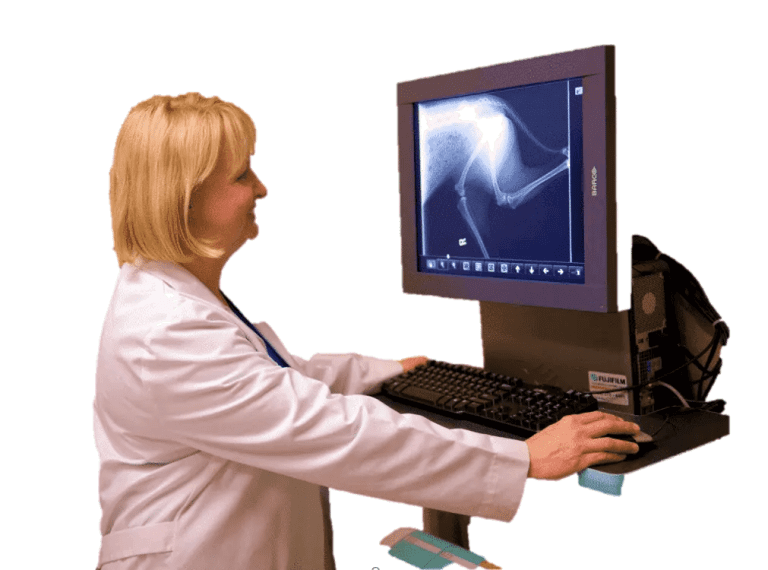 Imagine how easy it would be to keep our pets happy and healthy if they could speak? That way, if they weren’t feeling well or had somehow become injured, they could simply tell us the problem, explain their symptoms or show us right where it hurt. Unfortunately, it’s not that easy.
Imagine how easy it would be to keep our pets happy and healthy if they could speak? That way, if they weren’t feeling well or had somehow become injured, they could simply tell us the problem, explain their symptoms or show us right where it hurt. Unfortunately, it’s not that easy.
Since our pets cannot speak, identifying the signs of a problem can be a challenge. That’s where veterinary diagnostic imaging comes into play. These tools allow our experienced veterinarians to look below the surface of the skin and learn what’s going on inside your pet’s body. At Brook-Falls Veterinary Hospital, we utilize a broad range of routine and advanced veterinary diagnostic imaging tools to help us identify, diagnose and treat a wide variety of illnesses and injuries in a timely manner. The sooner we are able to get to the bottom of what’s bothering your animal companion, the better the chances of a positive outcome.
From the moment you bring your pet in to be seen, we’ll begin a thorough analysis to uncover the source of the problem as quickly and efficiently as possible. We’ll start with a comprehensive physical exam, and then, if necessary, move on to more in-depth methods. Whether it’s a simple blood or urine test or advanced imaging like x-rays or ultrasounds, we’ll delve deeper to get the answers we need. Our hospital is also equipped with an in-house laboratory which allows us to gather fast and accurate results, including avian/reptile hematology done by our certified veterinary technicians.
Radiography (X-Ray)
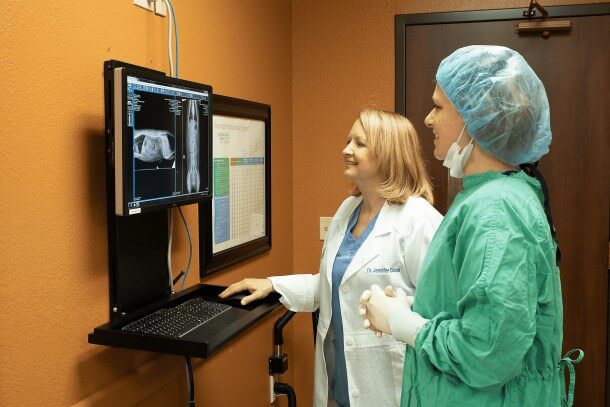 Radiography, also known as x-ray imaging, is a painless, safe and non-invasive tool that our veterinarians use to capture images of the inside your pet’s body. We use radiology to evaluate the bones and internal organs, looking for any inconsistencies or abnormalities that might indicate a potential health concern.
Radiography, also known as x-ray imaging, is a painless, safe and non-invasive tool that our veterinarians use to capture images of the inside your pet’s body. We use radiology to evaluate the bones and internal organs, looking for any inconsistencies or abnormalities that might indicate a potential health concern.
At Brook-Falls Veterinary Hospital & Exotic Care, we use digital x-rays, which provide for much clearer and more detailed images than traditional x-rays, and in a shorter amount of time. The images produced through digital x-ray can also be shared instantly with board certified specialists for further evaluation and recommendations.
Radiography can be used to diagnose such conditions as:
- Bladder stones
- Broken bones
- Intestinal blockages
- Arthritis
- Problems with the kidneys, heart or liver
- Certain spinal cord diseases
- Dental injuries and diseases
- Tumors
- And many more!
Ultrasound Imaging
 Ultrasound is a non-invasive, painless way to assess and evaluate the inner workings of your companion’s body. The process uses sound waves which bounce off the internal organs and return detailed pictures that can be further analyzed by our veterinarians. This innovative diagnostic tool allows us to examine your pet’s internal organs to evaluate their location, size, shape, texture and blood supply.
Ultrasound is a non-invasive, painless way to assess and evaluate the inner workings of your companion’s body. The process uses sound waves which bounce off the internal organs and return detailed pictures that can be further analyzed by our veterinarians. This innovative diagnostic tool allows us to examine your pet’s internal organs to evaluate their location, size, shape, texture and blood supply.
We will often use ultrasound in conjunction with other diagnostic tools to achieve the most accurate and timely diagnosis for your pet.
If your companion isn’t feeling well or you suspect he or she may have been injured in some way, we want to help! Bring them to us for an exam and a full diagnostic work-up. We’ll get to the bottom of whatever is bothering them and do whatever it takes to get them back on the path to good health again as quickly as possible.
CT Imaging

“CT” stands for computed tomography. Tomography means a “picture of a plane”. CT scans are used to detect structural changes deep within the body, including tumors, abscesses, vascular abnormalities, occult fractures, and hematomas. The animal is laid on a table that enters a machine, called the gantry to perform the scan. An X-ray tube rotates 360° around the patient to record the X-rays from many angles, creating slices. The number of images taken depends on the area and size of the suspected problem. When the computer finishes processing the information, the slices are stacked together to create a three-dimensional image of your pet without superimposition of organs or other tissues. It is non-invasive and not painful to the pet.




